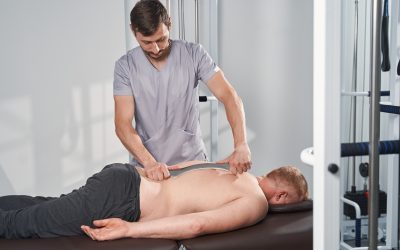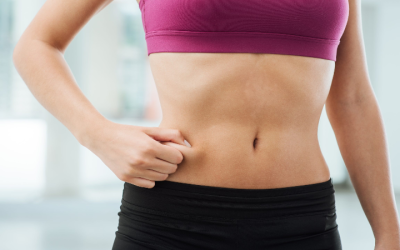Telling a dog to “open wide” means one of two things to Ruff, the Irish Setter: Either you have a treat in your hand (this is good), or you are about to stuff a pill down his throat (this is not good). All dog owners know that Ruff will resist letting anyone, beloved owner included, fool around in his mouth. So how is a conscientious pet owner going to do something like brush the dog’s teeth? The vet must have been kidding, right?
Actually, the vet is trying to help your dog live a better and longer life, not just combat the foul breath you’ve smelled when the dog licks your face. As one Austin vet advises, “Since oral diseases often occur as a result of plaque buildup and bacteria that settles between the animal’s teeth and gums, pet owners should be on the lookout for swollen gums, tooth discoloration and breath that has a strong pungent odor.” You don’t have to be an Austin vet, or a vet at all, to know that your best friend’s breath might be a problem. In fact, studies show that 98 percent of dogs with bad breath suffer from periodontal disease, which affects about 85 percent of all adult pets.
Periodontal disease results from a buildup of plaque – the soft, sticky substance that accumulates on the teeth from food debris and bacteria. If left untreated, plaque can lead to bacterial infection, which can enter the animal’s bloodstream and spread to the kidney, liver, heart, and even brain. Fortunately, you can minimize plaque on your dog’s teeth through regular dental hygiene. That means brushing.
The American Veterinary Dental Society reports that 80 percent of dogs show signs of oral disease by age three, so it’s important to train your pup to tolerate a regular regime of dental care. One Austin vet sends patients home with a free dental kit that includes toothbrush and toothpaste, along with a food sample and chew. It’s critical to use toothpaste developed specifically for pets. Doggy toothpaste comes in beef and poultry flavors, even filet mignon. Human toothpaste with its whiteners and fluoride can make your pet really sick, so don’t use it.
A good training aid is a rubber finger brush that slips on your finger. This will get your dog accustomed to having his teeth and gums massaged before you push a toothbrush around his molars. The number one rule: Be gentle. No vigorous rubbing or prodding allowed. If your dog won’t open his mouth at first, just gently rub the brush around the outside of his lips, all the while talking sweetly and petting him. The whole idea is to get him used to having your hand near his mouth. It shouldn’t take too long for the dog to cooperate if you have a treat handy after each successful lesson.
Once your dog is comfortable with the finger brush, move to the toothbrush and doggy toothpaste. To get him started, put a bit of toothpaste on your finger and let him smell it and take a taste. Working in quadrants, gently brush the upper teeth in a downward motion and the lower teeth in an upward motion. While you brush, talk to your dog in a soothing voice. Follow up with a treat and lots of “good dog” noise.
What if you have come late to the tooth-brushing game? As one Austin vet says, “No dental product will remove tartar and calculus that has already accumulated on the teeth. This requires general anesthesia, scaling, and polishing by trained veterinary professionals.” The procedure isn’t cheap, but considering the health benefits to your best pal, it’s worth it. And many veterinarians offer special dental rates once a year, so try to align your dog’s dentals along that schedule. After the vet has cleaned his teeth, your dog will need a home maintenance routine to ensure good dental hygiene, sweet breath, and better health overall.



